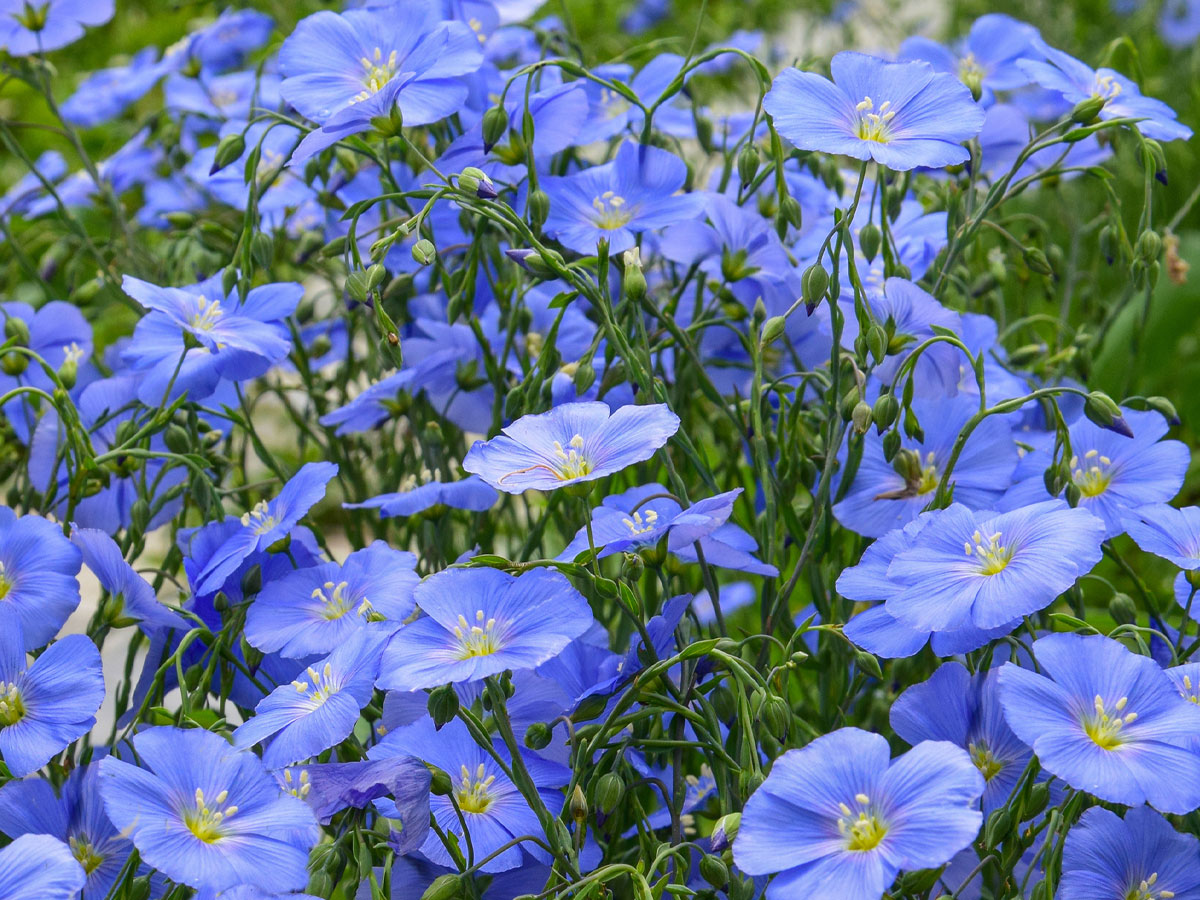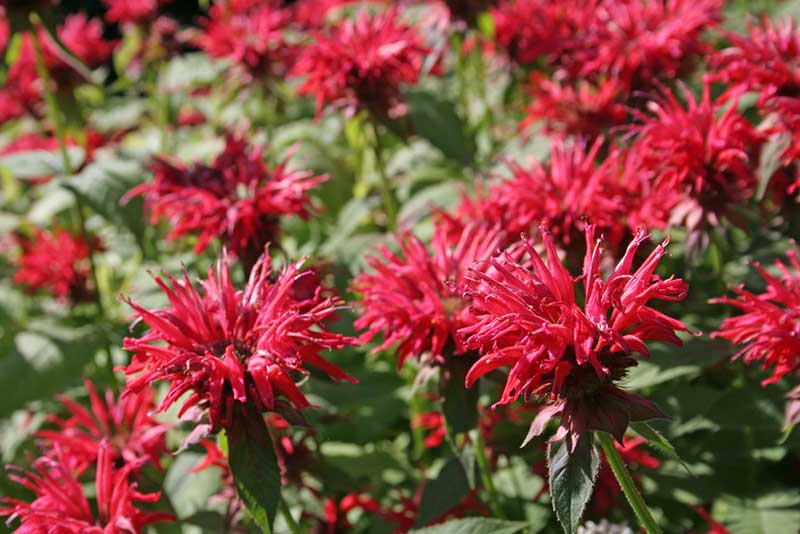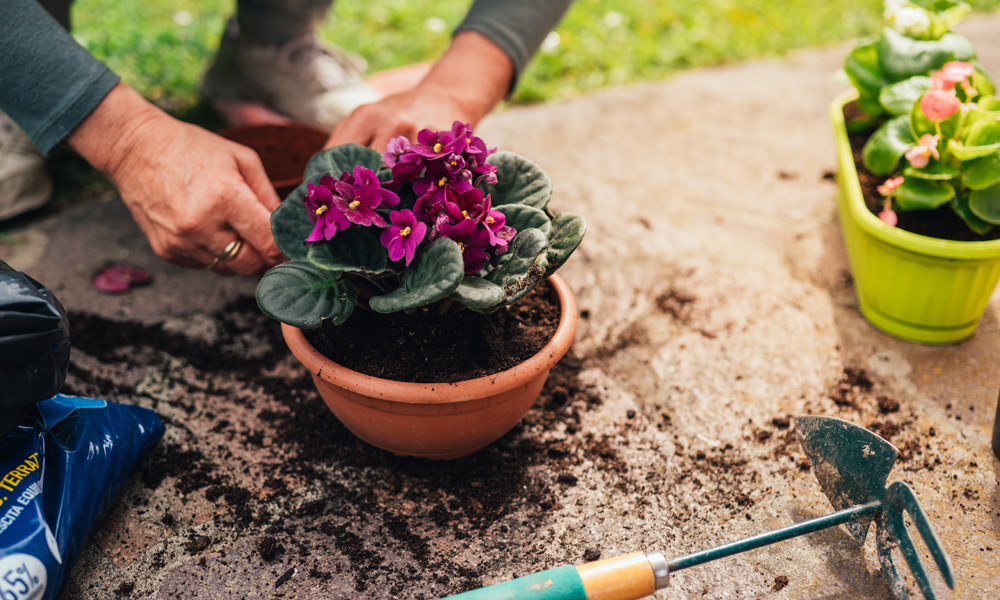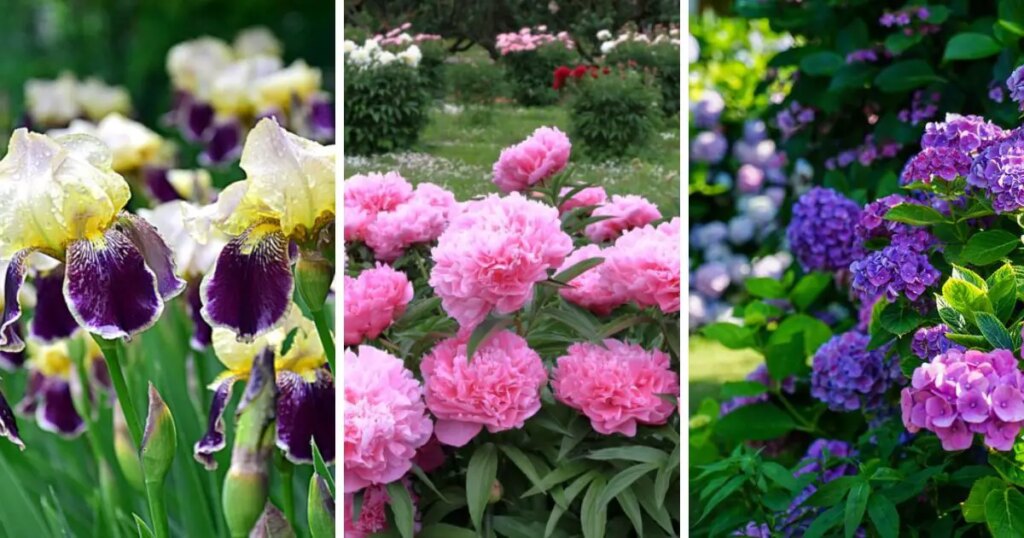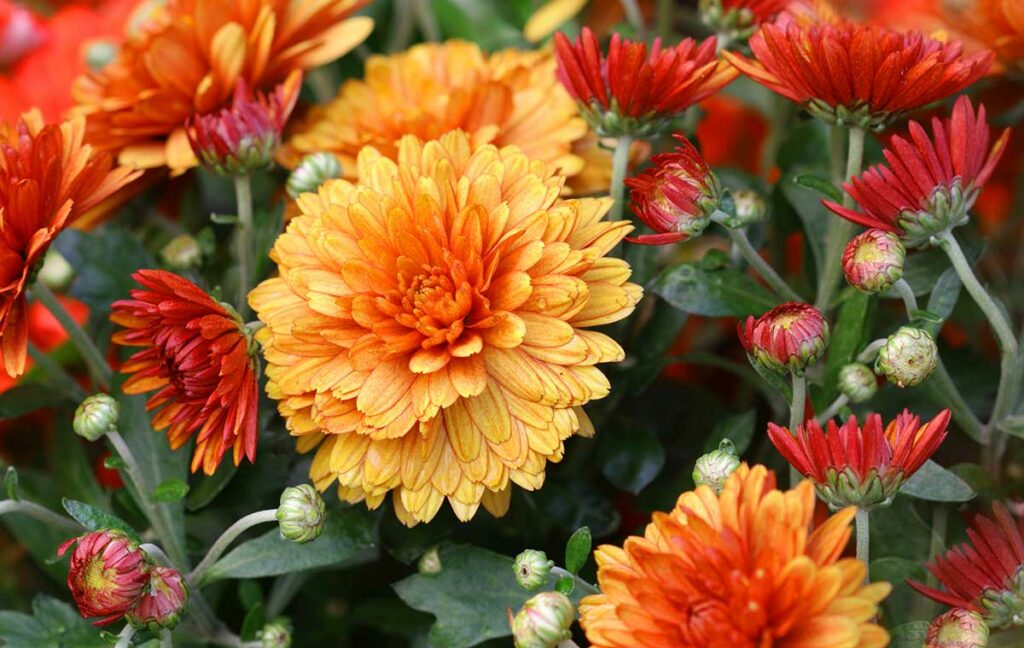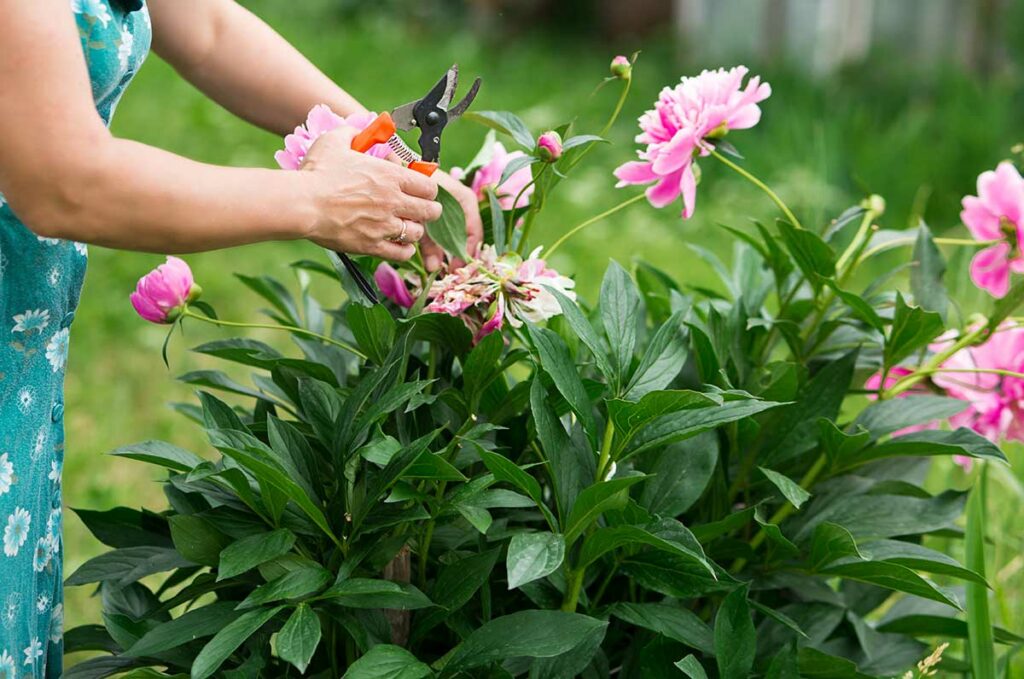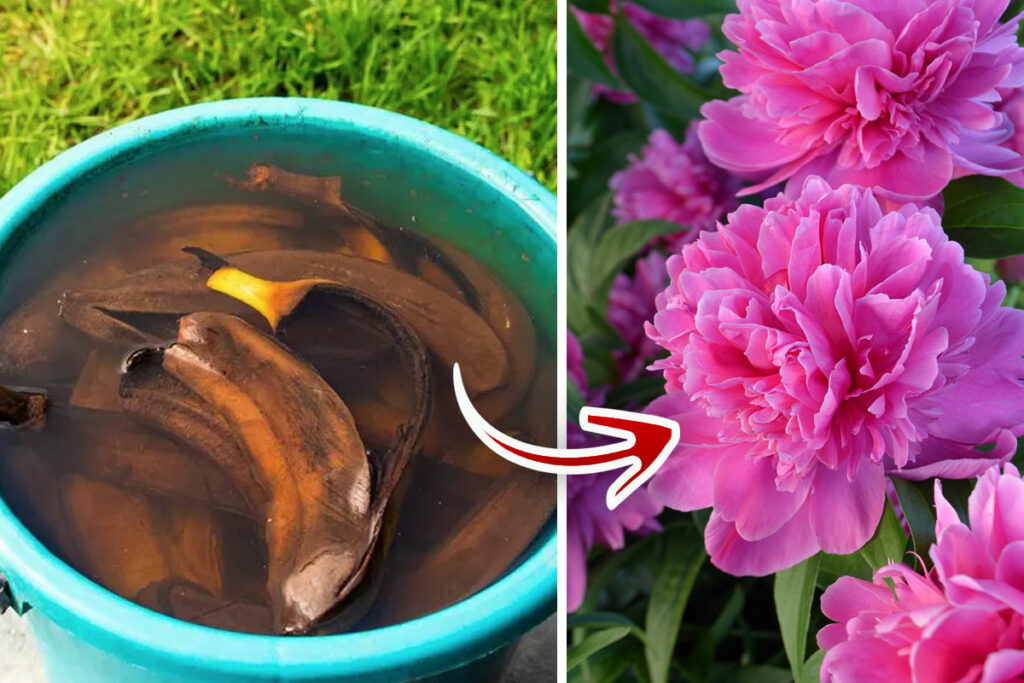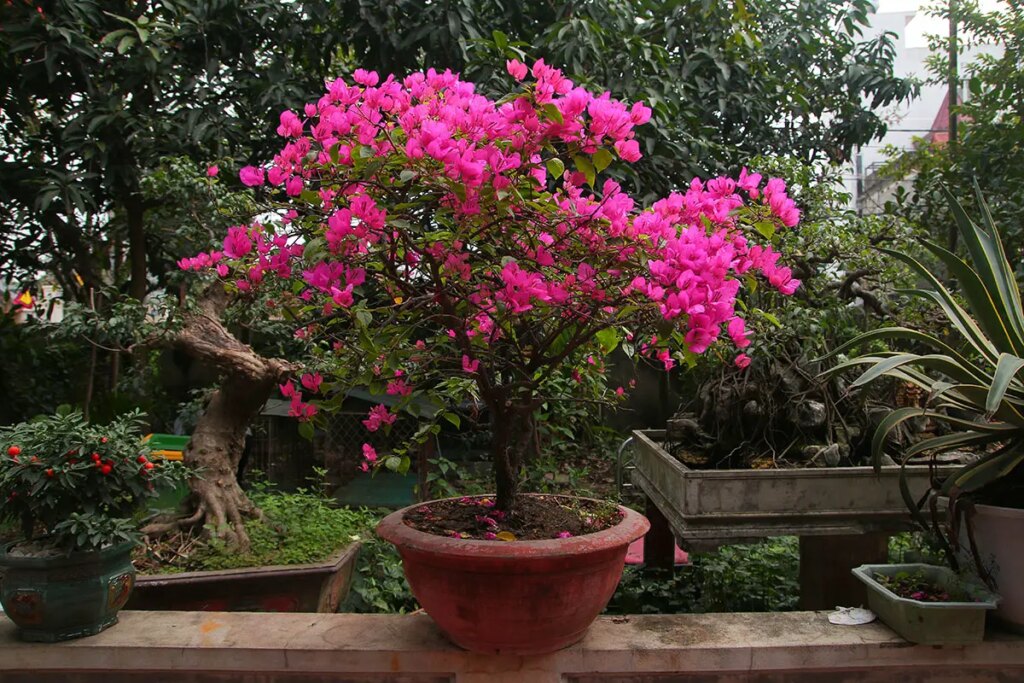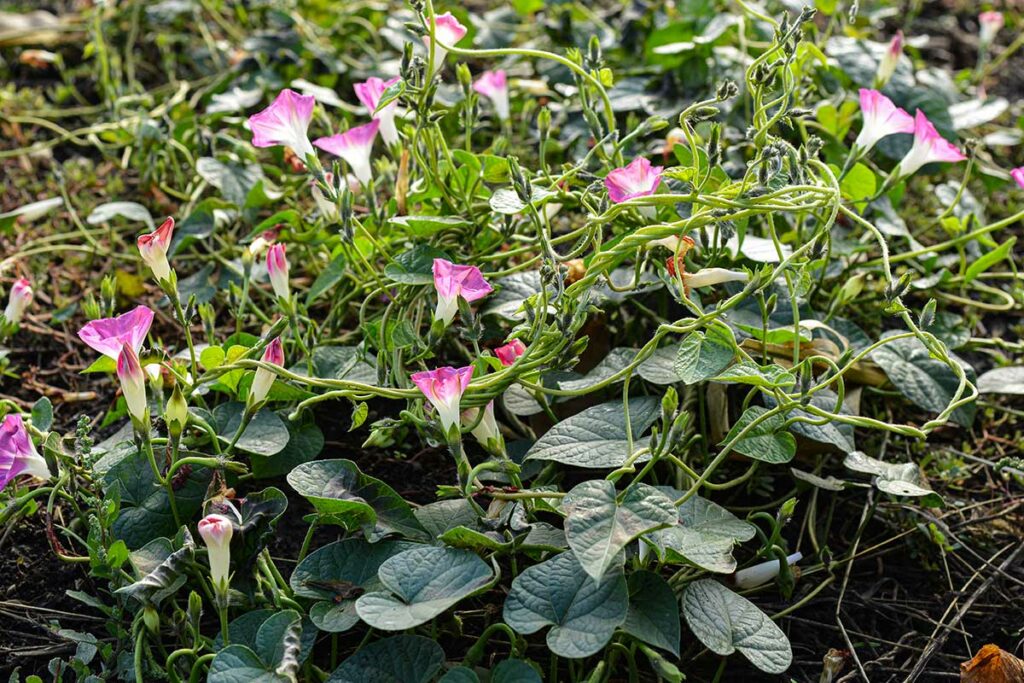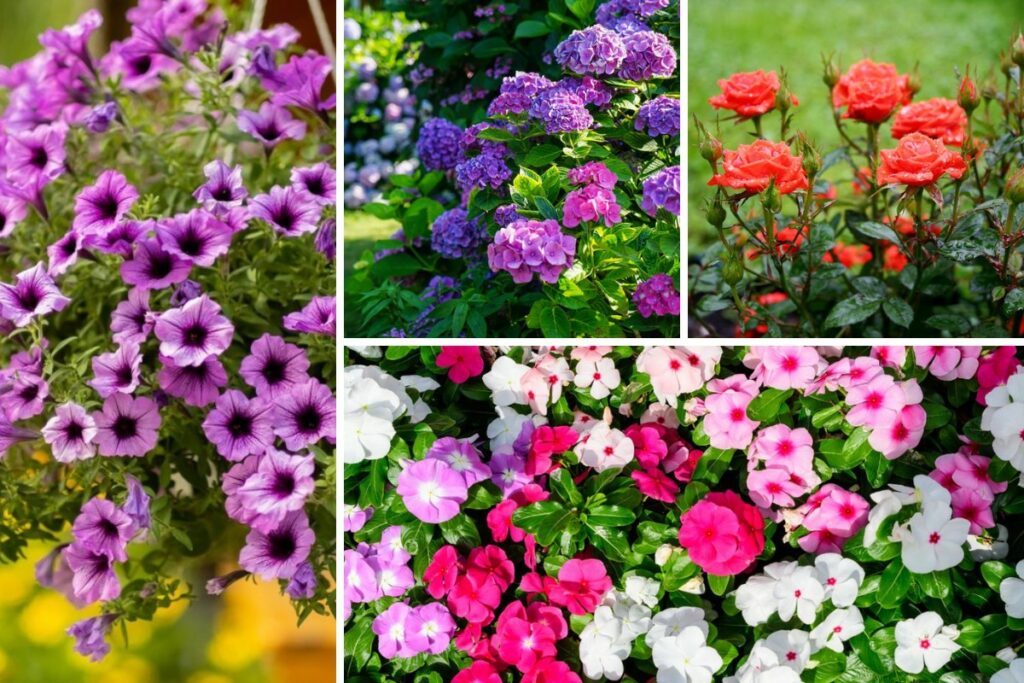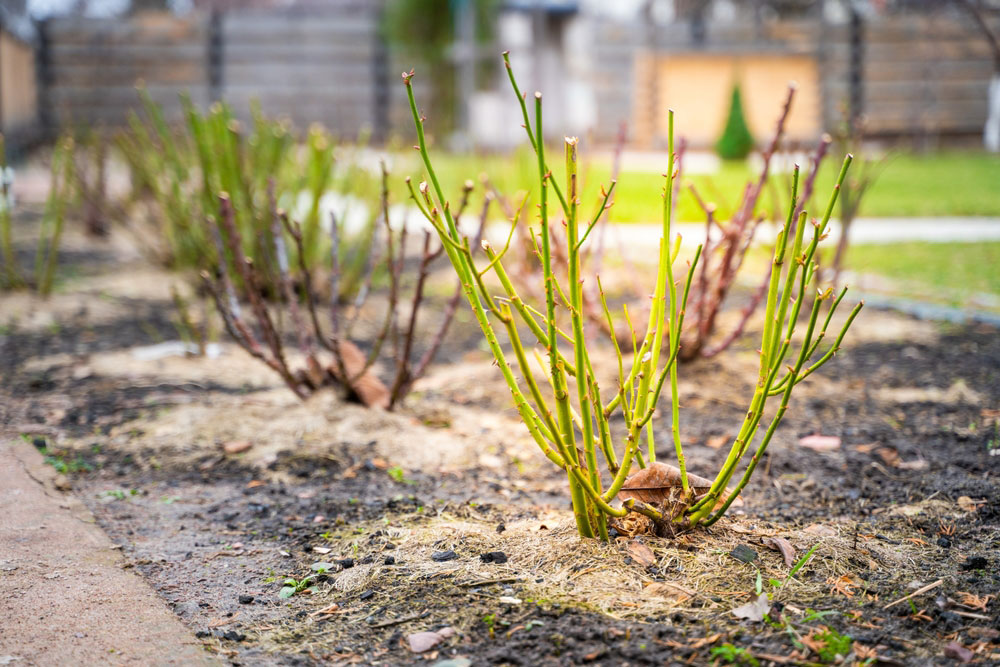
We all want our gardens to look their best throughout spring and summer, don’t we? If you’re looking to give your outdoor space a refresh, April is the perfect time to get those pruning shears out!
Pruning certain plants now encourages healthy growth and ensures vibrant blooms in the coming months.
Proper pruning isn’t just about keeping plants tidy—it’s about promoting air circulation, removing damaged parts, and stimulating new growth that will produce this year’s stunning display.
In fact, many summer-blooming shrubs actually perform better with a good spring trim.
Let’s look at these garden favorites and how a little trimming now can transform your garden this season!
1. Roses

Roses thrive with early spring pruning, now is the ideal time to shape these beloved bloomers. Remove any dead, damaged, or crossing stems and cut back to outward-facing buds. This encourages better air circulation and helps prevent disease problems later in the season.
For hybrid teas and floribundas, you’ll want to prune to 12-18 inches from the ground, while shrub roses can be sheared back by up to half their height. This might seem drastic if you’re new to rose care, but trust me—these resilient plants will reward your courage with abundant, healthy blooms!
2. Panicle Hydrangeas
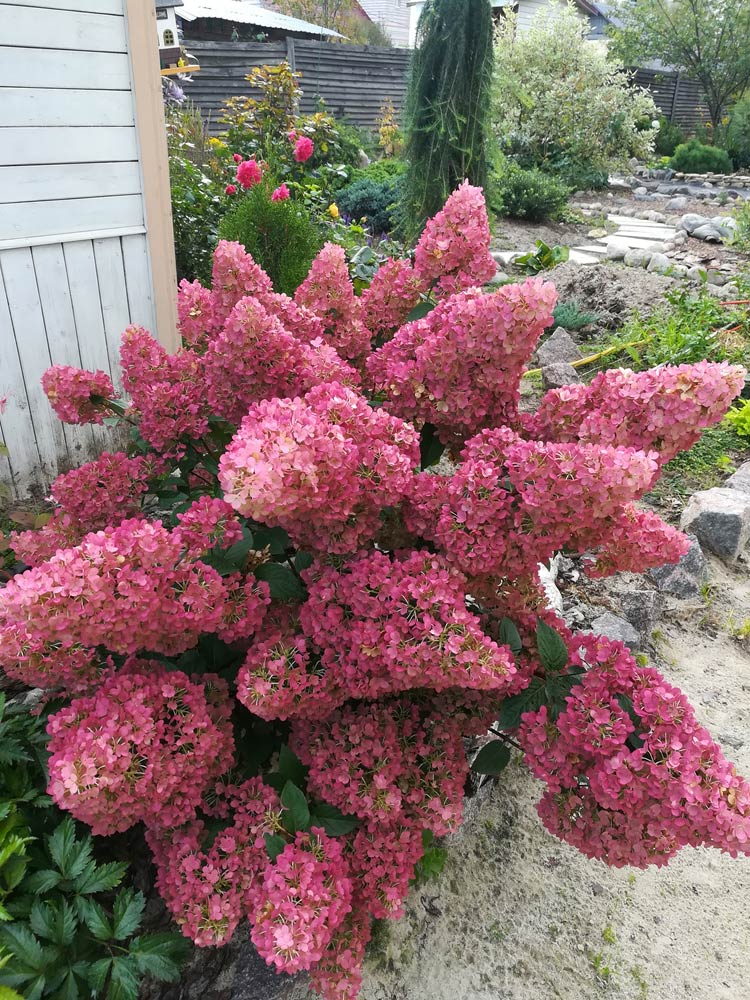
But what are panicle hydrangeas, exactly? These are varieties like ‘Limelight’ and ‘Quick Fire’ that produce those gorgeous cone-shaped flower clusters. Unlike their mophead cousins, panicle hydrangeas bloom on new wood, making April an ideal time to prune.
Cut back last year’s growth by one-third to one-half to promote strong stems and abundant summer blooms. If you don’t prune these beauties, they’ll still flower, but the stems may become weak and floppy under the weight of those spectacular blooms. A good April trim ensures sturdy stems that won’t require staking later!
3. Butterfly Bush
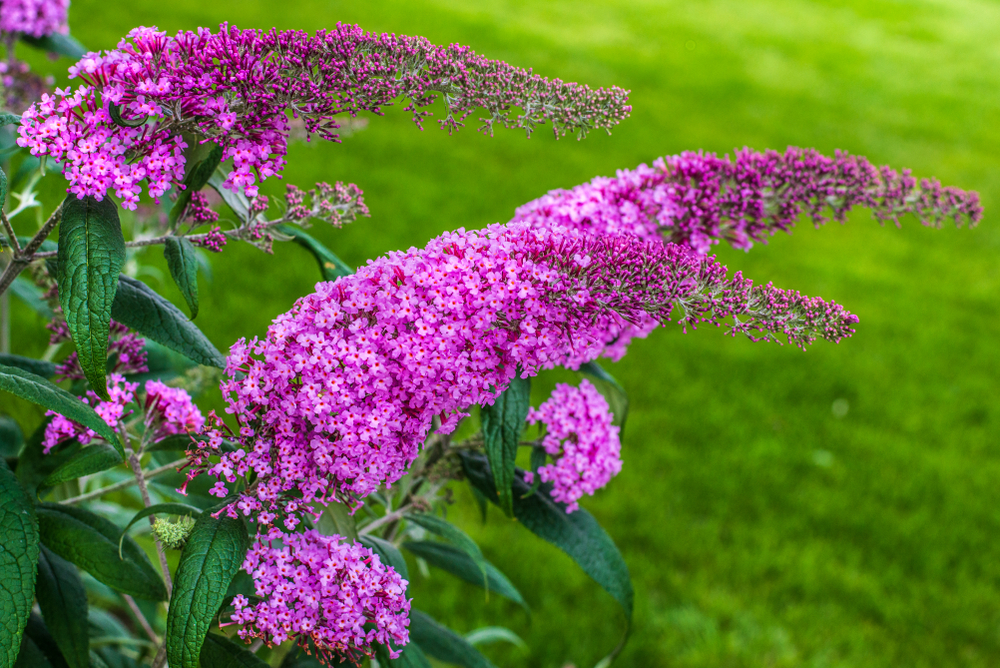
Butterfly bushes are pollinator favorites that truly benefit from decisive spring pruning. These vigorous shrubs bloom on new wood, so don’t be afraid to prune them hard—down to 12-24 inches from the ground.
This dramatic cutback will stimulate fresh growth and maintain a manageable size while encouraging those fragrant flower spikes that butterflies find irresistible. And so, if you’re hesitant about cutting so much, remember that butterfly bushes grow incredibly quickly once warm weather arrives!
4. Blue Mist Shrub (Caryopteris)
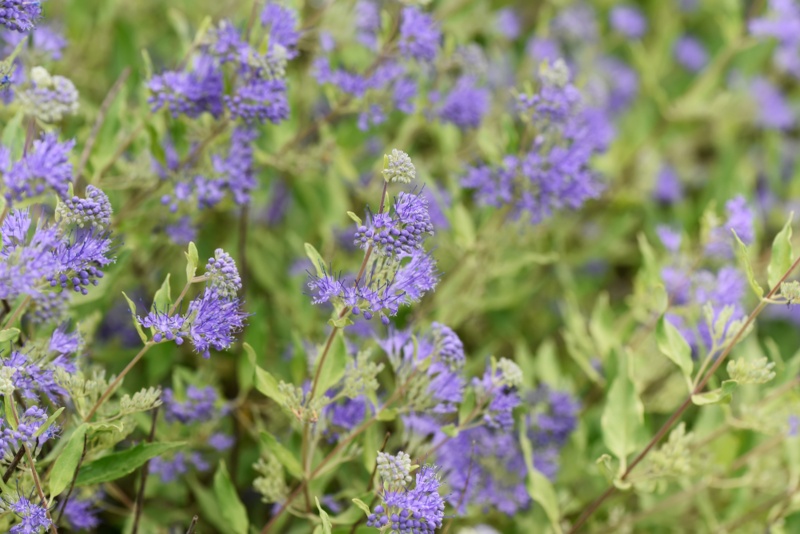
This late-summer bloomer produces delicate blue flowers that attract bees, butterflies, and other beneficial insects to your garden. Blue mist shrub (Caryopteris) should be pruned back to 12-18 inches in early Spring.
While it might look a bit stark after pruning, this encourages vigorous growth and a tidy, rounded shape. If you’re looking to create a garden that supports pollinators, Caryopteris is a wonderful addition that pairs beautifully with ornamental grasses and late-blooming perennials.
5. Winterberry
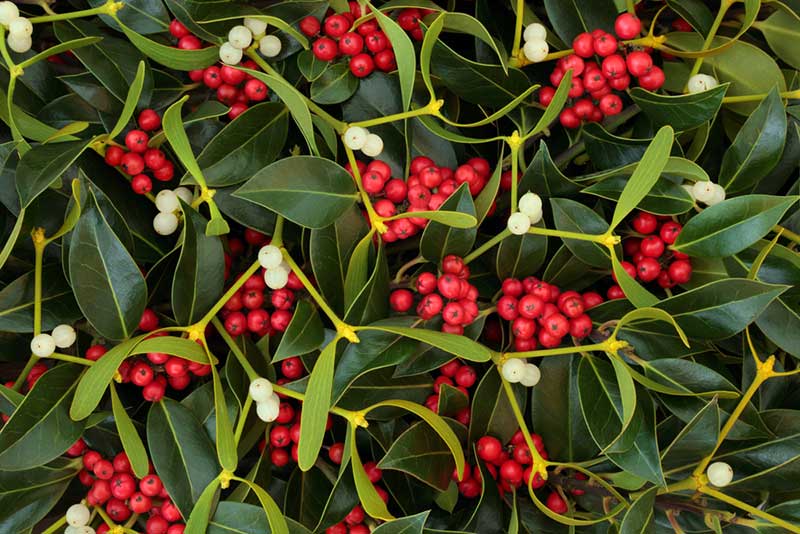
Winterberry holly is prized for its vibrant red berries that persist through winter, providing both visual interest and food for birds during the coldest months. Light pruning helps control its size while encouraging new growth for this year’s fruit display.
However, remember that winterberry is dioecious—meaning you need both male and female plants to produce berries. When pruning, be careful not to remove the male plant entirely if you want those spectacular berries! A gentle shaping rather than a hard cutback is the right approach here.
6. Spirea
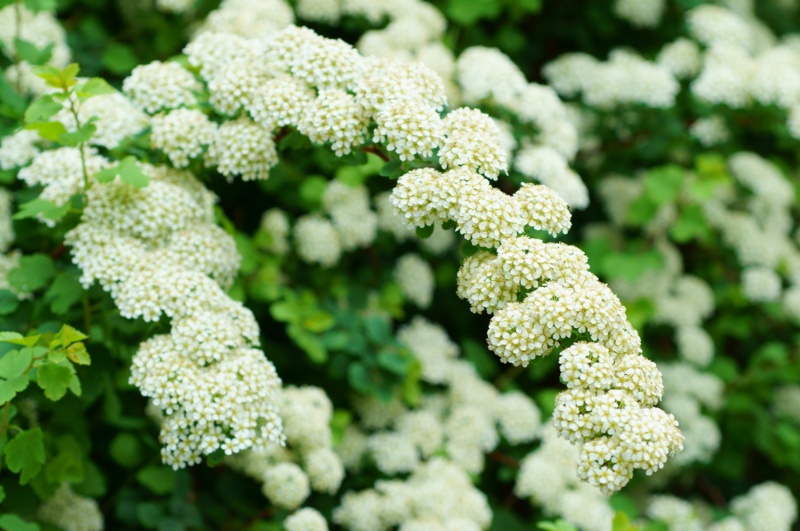
Summer-blooming spirea benefits from early spring pruning to remove old flower heads and winter damage. Trim lightly to shape the plant and encourage fresh blooms that will attract butterflies and other pollinators.
These adaptable shrubs are incredibly forgiving, so don’t worry if you haven’t pruned them before. Simply remove about one-third of the oldest stems at ground level, then lightly trim the remaining branches to create a pleasing rounded shape.
7. Beautyberry

Beautyberry shrubs produce striking purple berries in fall, but pruning in April promotes fresh shoots for this year’s flowers and fruit. Remove dead or damaged stems first, then cut back older branches by up to one-third for a rejuvenated look.
These easy-growing shrubs can become somewhat rangy without pruning, but with a good April trim, they’ll develop a more compact form that showcases those eye-catching purple berries to perfection. If you’re looking to add fall interest to your garden, beautyberry paired with autumn-blooming perennials creates a stunning combination.
Pruning Tips for Best Results
Let’s go over some essential pruning advice to ensure your plants thrive:
- Always use clean, sharp tools to avoid damaging plants or spreading disease.
- Remove dead, diseased, or crossing branches first before making any aesthetic cuts.
- Cut back stems just above healthy buds at a 45-degree angle for optimal healing.
- Avoid pruning early bloomers like lilacs or azaleas now—wait until after flowering.
- If you’re uncertain about how much to prune, start conservatively—you can always take more off later!
By focusing on these seven plants in April, you’ll set your garden up for a season of lush growth and vibrant blooms! And while it might feel drastic to cut back some of your favorite plants, remember that this temporary trim leads to healthier, more beautiful garden displays in the months ahead.
Frequently Asked Questions
Will pruning hurt my plants? When done properly at the right time, pruning actually helps plants by removing damaged parts and stimulating healthy new growth.
What if I miss the April pruning window? While April is ideal, you can still prune these plants into early May in most regions. The key is to complete your pruning before significant new growth emerges.
Should I fertilize after pruning? Yes! A slow-release fertilizer applied after pruning will support the new growth your trimming has encouraged.
What should I do with the pruned branches? Woody prunings can be composted if chopped into small pieces, or used as the base layer in a new compost pile. Just be sure to discard any diseased material in the trash rather than your compost.


